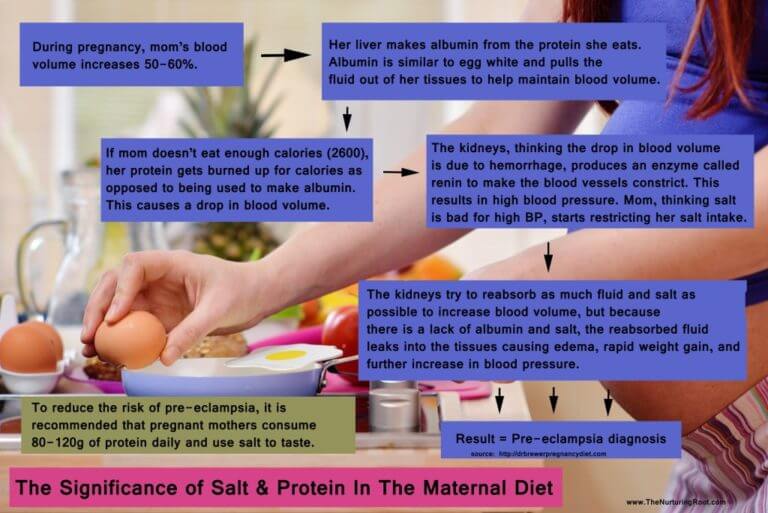Congratulations on your pregnancy! As you prepare for your pregnancy, birth and postpartum, it’s important to build a supportive birth team to support you throughout this transformational experience. Choosing care providers that align with your birth goals and values is essential to having the experience you’re hoping for, so research your options and meet a variety of providers to see who is the best fit. There are so many decisions to make during pregnancy, but be assure, this is the most important one.
Care Provider: A care provider is who you choose to do all of your prenatal care. This person/group focuses primarily on maternal and fetal health. There are two different models of care, the Midwifery Model of Care and the Medical Model of Care. It cannot be understated that this is the most important choice you will make your entire pregnancy as it will greatly affect your desired outcome. Fully trusting your care provider brings peace and confidence as you prepare to meet your baby, so it is important that your provider’s philosophy of birth aligns with your goals. Remember, it is also never too late in pregnancy to change care providers if you are unhappy with decisions and/or approaches to your care.
- Midwifery Model of Care- Monitoring the physical, psychological, and social well-being of the mother throughout the childbearing cycle. Providing the pregnant person with individualized education, counseling, and prenatal care, continuous hands-on assistance during labor and delivery, and postpartum support. Midwifes can work in a variety of settings and generally utilize interventions less and only if they are indicated. The midwifery model is for low risk pregnancies and if a pregnancy is determined high risk, care will be transferred to an obstetrician.
- Medical Model of Care- This model of care focuses on preventing, diagnosing, and treating the complications that can occur during pregnancy, labor, and birth. Prevention strategies tend to emphasize the use of testing, coupled with the use of medical or surgical interventions to avert a poor outcome. In many cases, low risk people find themselves having the same testing and interventions as their high risk counterparts.
Doula: A doula is a professional trained in childbirth who provides emotional, physical, and educational support to a mother who is expecting, in labor, or has recently given birth. The doula’s purpose is to help people have a safe, memorable, and supported birthing experience. The support of a doula has shown to have a 39% decrease in cesarean rates, shorter labors, less interventions, and a 31% decrease in the risk of being dissatisfied with their birth experience. Because the doula is not medically trained, she does not attend to fetal/maternal physical health but more so focuses on mother’s emotional well being before and during labor.
Birth Educator: A birth educator is trained to teach childbirth education classes to expectant families, so they can be informed consumers. Childbirth educators are a resource for families providing information they may not have access to outside of a birth class. They help couples learn valuable coping skills and strategies to have an empowered, informed birth experience. While your birth educator may not be present at your birth, she is considered part of the birthing team.
Placenta Encapsulation Specialist: Placenta encapsulation is the process of turning your baby’s placenta into capsules to aid in your postpartum recovery. The placenta encapsulation specialist adheres to all OSHA & EPA guidelines regarding blood-borne pathogen transmission, infection prevention, standards for sanitation, and safe food handling. The encapsulation process happens within 72 hours of baby’s birth and is believed to help with increasing energy levels, lactation, postpartum anxiety/depression, increased levels of CRH (stress-reducing hormone), and restoration of iron levels in the blood.
Chiropractic Care: There are many hormonal and physical changes you’ll experience during your pregnancy. Some of changes will have an impact on your posture and comfort. As your baby becomes heavier, your center of gravity shifts, and your posture will adjust. This may also create added pressure and misalignment in the pelvis. A misaligned pelvis may pose complications during delivery. When the pelvis is out of alignment, it can make it difficult for your baby to move into the best position to be born, which is rear-facing and head down. In some cases, this could affect a person’s ability to have a natural, low intervention birth. A balanced pelvis also means your baby has a lower chance of moving into a breech or posterior position. When your baby is not in an optimal birthing position, it can lead to a longer, more complicated delivery. Evidence points to improved outcomes in labor and delivery for people who’ve received chiropractic care from a Webster Certified Chiropractor during their pregnancy. Chiropractic care can help balance the pelvis, allowing baby the room need to get in the most optimal position possible, while also allowing for a comfortable pregnancy. In fact, chiropractic care may even help reduce the length of time you’re in labor. Locate a Webster Certified Chiropractor, one who specializes in pregnancy and pediatric care, today!
Acupuncture: Many people sing the praises of acupuncture during pregnancy to ease some common discomforts such as back and pelvic pain, nausea, heartburn, swelling, and constipation. So how does it work exactly? Researchers have found that acupuncture points correspond to deep-seated nerves, so that when the needles are placed, the nerves are activated and the energy flow will regain balance. This, in turn, triggers the release of several brain chemicals, including endorphins, which block pain signals and help to relieve a number of pregnancy symptoms.
Clinical Psychologist: This support person cannot be encouraged enough. This particular birth team member will allow you to prepare for the birth as well as process and heal post birth as you enter into parenthood. Benefits of a mental health therapist encompass well being, which ultimately affect baby and partner’s well being. Becoming a new parent has the possibility of bringing in unexpected stress and anxiety. Having a safe space to process this can make all the difference.
Pelvic Floor Physical Therapist: This particular support involves biofeedback and exercises to encourage relaxation and strengthening of the muscles of the lower pelvis, which have the tendency to weaken in pregnancy and through postpartum. A physical therapist measures muscle tone and the strength of muscle contractions, which give you the information you need to proceed with tailored exercises. When necessary, the therapist may use a massage-like technique called myofascial release to help stretch and release the connective tissue between the skin and the muscles and bones in your pelvic region. Pelvic floor PT may strengthen your pelvic floor, re-training your abdominal function, help libido levels or painful intercourse, and treat incontinence.
Give yourself the gift of a well-rounded birth team, ready to support an expectant family every step of the way. Being uplifted and encouraged during labor makes all the difference prenatally and postnatally. Investing in getting information and support while you embark on one of the greatest (yet challenging) adventures in your life will have big pay outs in your wellness long term. Physical, mental, and emotional supports are vital in attaining the wellness you deserve.
Stay well and best wishes.




